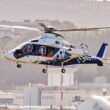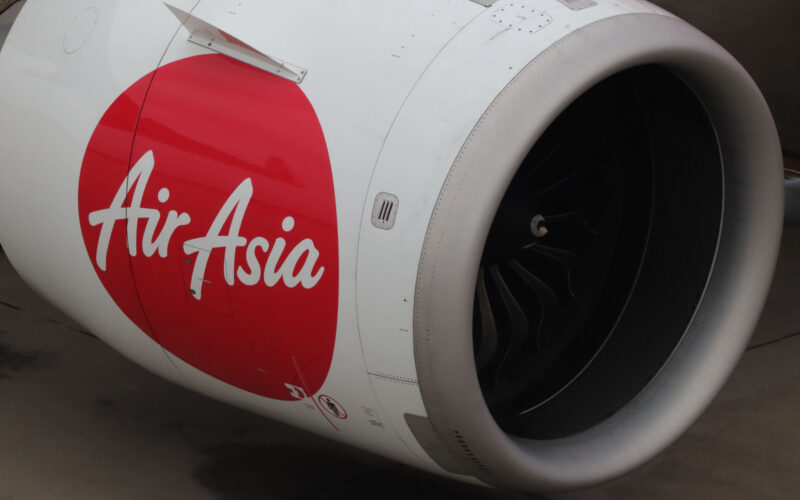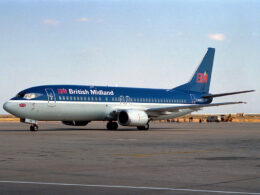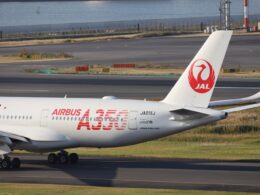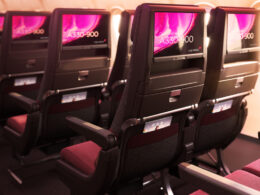As rumors began to spread about two AirAsia subsidiaries potentially shutting their doors, namely AirAsia India and AirAsia Japan, a question begs for an answer: is the group overstretched, or was it just opportunistic? It tried to make something out of nothing, saw the results and decided it was not worth the effort?
Tony Fernandes, the outspoken head of the AirAsia group, is undoubtedly an ambitious individual. His vision for AirAsia is not only to be an airline but also an “ecosystem of businesses that connect with our customers in their everyday life, transforming the AirAsia brand into a fully-fledged digital company – now much more than just an airline,” AirAsia Digital’s fact sheet reads.
Fernandes’ dealings in the airline industry were not short of ambition as well. In 1998, there were no low-cost carriers in Asia-Pacific, according to the Centre for Aviation (CAPA) analysis. AirAsia revitalized itself as Tony Fernandes overtook the airline for a measly MYR1 ($0.26).
“AirAsia was remodeled into a low-cost carrier and by January 2002, their vision to make air travel more affordable for Malaysians took flight,” read the introductory paragraphs of several financial reports throughout the mid-to-late 2000s. The vision of providing cheap flights to Malaysians evolved into subsidiaries in several countries throughout the continent, including a long-haul subsidiary AirAsia X. The wide-body-only airline even brought the bright-red AirAsia fuselage over to Europe, as it began flights to London in 2009.
Familiar withdrawal
AirAsia X began its life in 2006, first under the Fly Asian Express brand, to serve rural areas of Malaysia with turboprop aircraft. After finding no luck there, a year later the airline was rebranded to AirAsia X and began exploring the dos and don’ts of the low-cost long-haul market. Its first flight was Australia’s tourist hotspot Gold Coast with an Airbus A330.
It expanded quickly. By 2009, it served nine routes and celebrated its first profitable year, indicated the company’s yearly report, as it boasted a “ground-breaking world’s lowest unit cost position of US2.7 cents per seat-kilometer.” In 2010, it added a further five destinations, including flights to Paris, France, and Christchurch, New Zealand in early-2011. Profit had followed, as it finished 2010 with a net income of MYR111 million ($26.7 million).
However, as quickly it expanded, it had to withdraw very quickly from some markets to remain profitable. By 2011, any kind of mention of a profit inside AirAsia‘s annual reports disappeared. It also started to fade away from certain markets, including Europe and India. Instead, its focus shifted on its “core markets of Australia, China, Taiwan, Japan, and Korea.”
Honorable exit?
Much like with AirAsia X, the Malaysia-based low-cost carrier group decided it would cease its Japanese venture on October 5, 2020. AirAsia Japan was the company’s second attempt at establishing an airline in the country.
In July 2011, it announced its intentions to establish a low-cost subsidiary in Japan together with All Nippon Airways (ANA), a full-service carrier located in the country. In February 2012, AirAsia Japan obtained its Air Operators Certificate (AOC) from the Japanese Civil Aviation Bureau (JCAB).
“I have always believed in dreaming the impossible, but seeing AirAsia Japan’s inaugural flights take-off today puts a smile on my face,” stated Fernandes, as the newest low-cost carrier in Japan was preparing to operate its first flights on August 1, 2012.
In March 2012, Peach Aviation, another LCC, started operations in the Land of the Rising Sun. ANA had a 33% stake in Peach. The first cracks started to appear on June 11, 2013, when AirAsia released a statement whereupon the company expressed that the Japanese venture was “facing some challenges attributed to a difference of opinion in management, most critically on the points of how to operate a low-cost business and operating from Narita.” Exactly two weeks later, AirAsia divested from the venture, leaving the control of the company to ANA, which aptly renamed the airline to Vanilla Air.
“Up to March 31, 2013, the JV Company has recorded an accumulated net loss of MYR163.94 million ($39.3 million).”
It set up its second attempt, again named AirAsia Japan, in 2015. Following a two-year delay, the airline finally launched its services from Chubu Centrair International Airport (NGO) in Nagoya, Japan. Its only service at the time was a twice-daily itinerary to Sapporo-New Chitose Airport (CTS).
“It hasn’t been easy … Many people thought we would give up and not bother but we owe it to the people of Japan and our staff to keep going,” stated Fernandes, adding that it was great to be back in the country. Unfortunately, it never became easy for AirAsia – the airline never truly established itself in Japan. As the coronavirus crisis shook the core group, the ailing Japanese subsidiary got the ax on October 5, 2020.
“The Company wishes to announce that it has today been notified of the decision taken by the Board of Directors of AAJ to cease its operations with immediate effect,” read AirAsia’s announcement indicating that the Japanese subsidiary has ceased operations.
Indian adventure
The three-aircraft strong AirAsia Japan never truly took off, as it struggled to gain traction within the market with only three routes departing from NGO. Much like the Japanese venture, the Indian AirAsia adventure seems to be coming to an end as well.
At least according to India’s civil aviation minister Hardeep Singh Puri. During a press conference, when asked why AirAsia India temporarily suspended operations from Chandigarh Airport (IXC), Puri responded that the subsidiary was being closed down.
“Their parent company is having problems,” concluded Puri. A spokesperson from the civil aviation ministry in India told Bloomberg that the minister’s comments were taken out of context. However, the Times of India reported that Tata Sons, the majority shareholder of AirAsia India, was looking to buy 49% of AirAsia’s shares in the airline. The Malaysia-based company is more than keen to do so, according to the report, as it does not want to pump more funds into the struggling airline.
It already dedicated MYR26.8 million ($6.2 million) to “facilitate the running of the operations and financial affairs of AAJ [AirAsia Japan – ed. note],” to the now-closed Japanese company on August 25, 2020. With an MYR1.1 billion ($264 million) loss in Q2 2020 and a cash outflow MYR955 million ($229 million). The company has MYR996 ($239 million) of cash left as of June 30, 2020. With dwindling cash reserves and a crisis that is yet to turn its last page, pumping additional cash into the Indian subsidiary could mean little sense for AirAsia.
After all, the Indian venture made little strides, despite its best attempts. From 2018 to 2019, the airline grew to 28 aircraft, yet it only increased its domestic market share from 5% to 7%. Its presence on the international market dipped from 6.6% to 3%. Overall, despite growing the fleet from 18 to 28 aircraft, it only managed to increase its presence in India by 0.4%. Its joint-venture partner Tata Sons is also involved with Vistara, which it established together with Singapore Airlines (SIA1) (SINGY). Vistara managed to improve its domestic market share by 0.4% as well, however, it did so by only adding one aircraft throughout 2018-2019, according to India’s Directorate General of Civil Aviation (DGCA).



